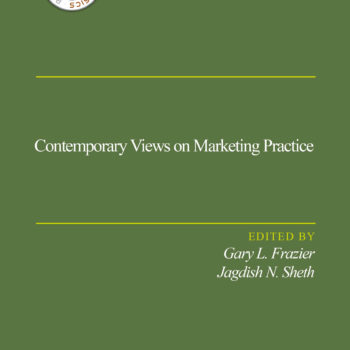Market Research Category
The Use of Sampling in Marketing Research
The Use of Sampling in Marketing Research is a monograph produced by the American Marketing Association in a series intended to further the advancement of marketing science. Author William P. Dommermuth designed this text to serve laymen users of research by introducing the fundamentals of sampling in nontechnical language. The text speaks mainly in generalities while also including examples that pertain to specific marketing situations. The topics of discussion include:
- Two types of analyses, estimation of parameters and testing of hypotheses, that are made based on sample results;
- The two main classes of sampling, probability/random samples and nonprobablity/nonrandom samples; and,
- A key statistic, the standard error, used in measuring sampling error and determining the adequate size of the sample.




